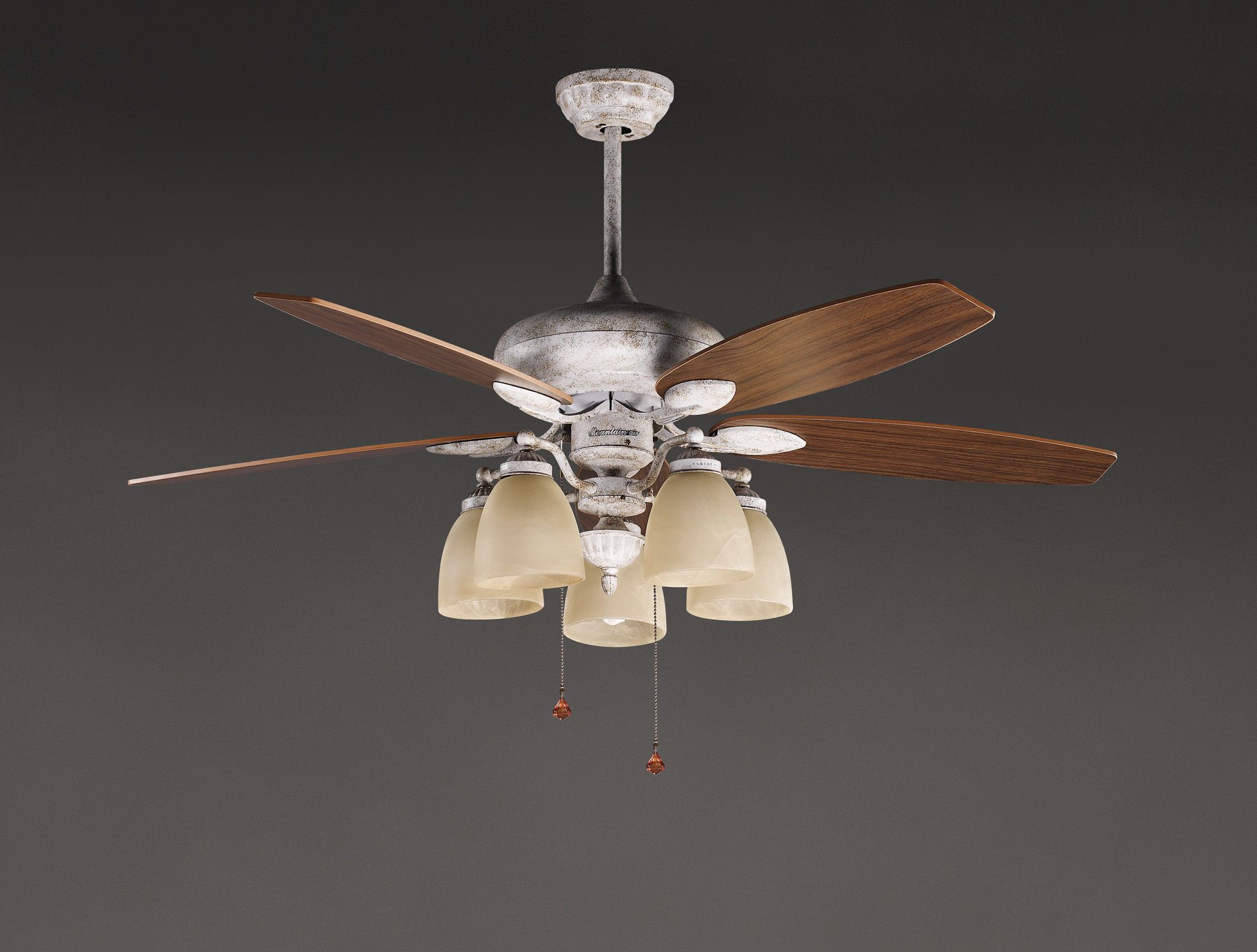How to choose a chandelier for different rooms?
To choose the right chandelier, it is important to take into account a bunch of nuances - the size and height of the room, the type of lamps, the size of the chandelier, its height, volume, the material from which it is made. Some models are universal and easily fit into any room and any style, while others are designed for specific rooms. How not to get lost in the variety and which chandelier to choose for the kitchen, living room or hallway? Let's figure it out now.
The content of the article
Types of chandeliers
To choose the right chandelier, you need to know what types of ceiling lights there are.
Ceiling and suspended
Suspended (aka classic) - attached to the ceiling with a spring or chain. Traditionally they take up quite a lot of space in the center of the room, attracting attention.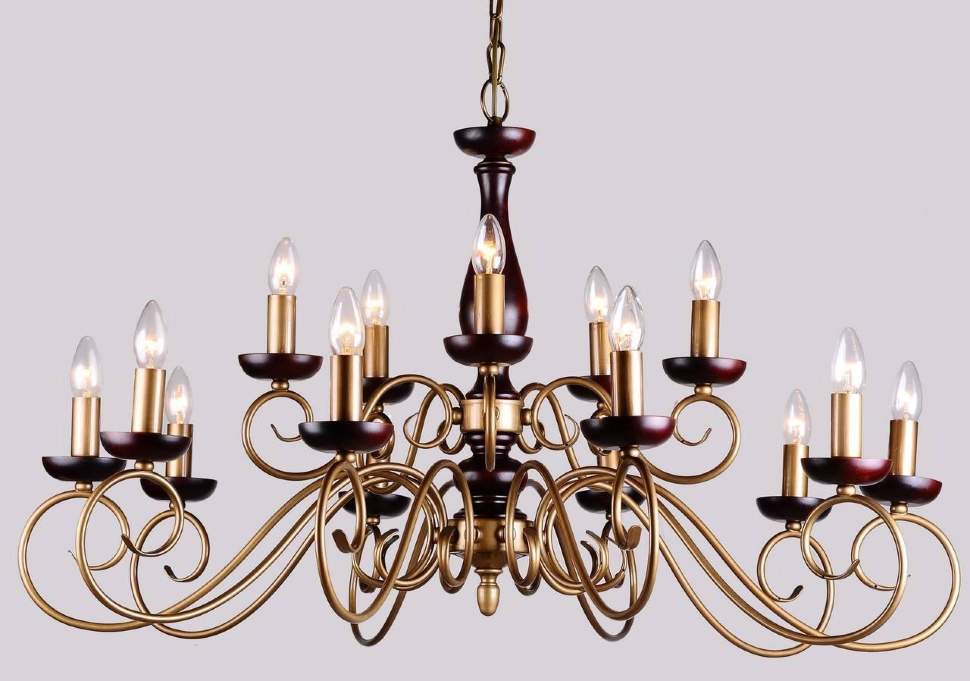
Ceiling lights have gained popularity in recent decades. They are mounted right under the ceiling, do not attract unnecessary attention and take up minimal space.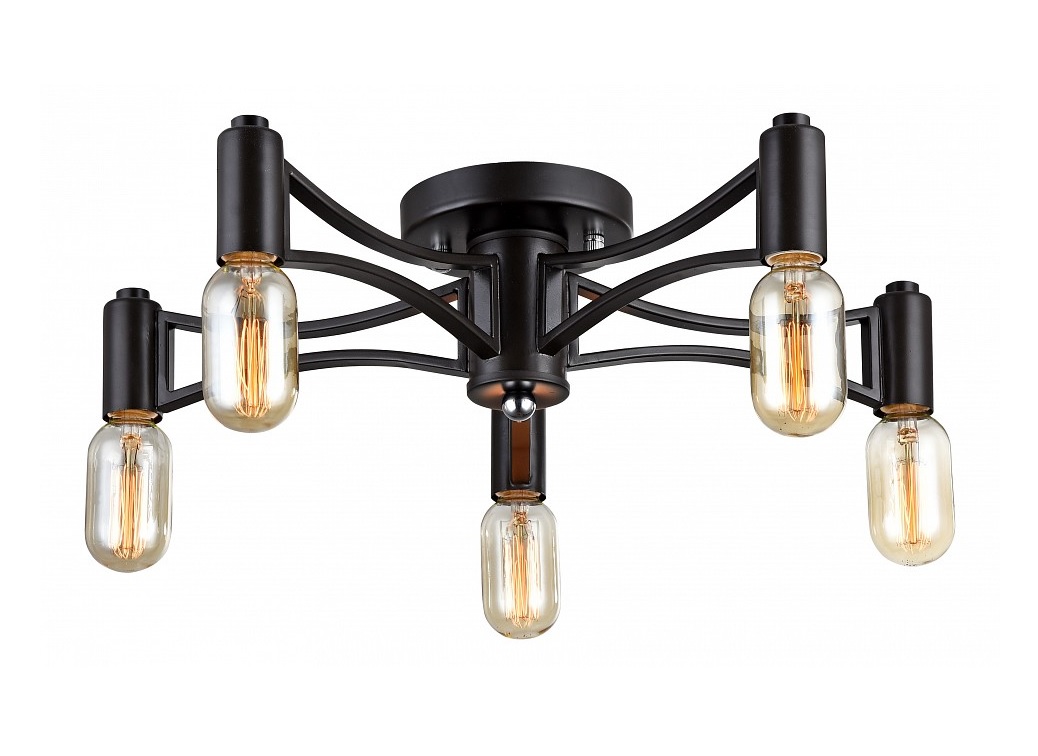
The choice of chandelier type depends on both the style of the room and the height of the room. It is believed that there should be at least 2-2.3 meters from the bottom of the lamp to the floor. Otherwise, the room becomes visually smaller, and you will have to walk crouched under a beautiful chandelier.
Important! There are chandeliers with long pendants. They are mounted above dining tables: such lamps create an intimate and cozy atmosphere.
According to chandelier size
The logic is the same as in the case of type.A chandelier that is too large will highlight the shortcomings of a small room, while a chandelier that is too small will not be able to illuminate a large space. How not to make a mistake when choosing a lamp? You need to use the design formula:
D (chandelier diameter) = (room length, m + room width, m) * 10
The result is recorded in centimeters.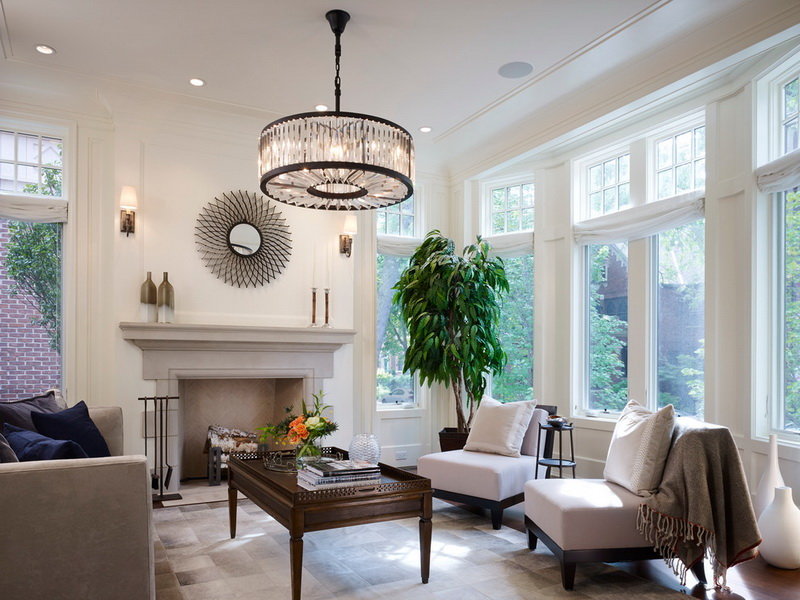
Important! Don’t forget - if the room is narrow and small enough, one chandelier will be enough, but if you need to illuminate a large room, you will have to add additional light sources: floor lamps, sconces, spotlights.
By lamp power
Chandeliers may have a different number of arms. The math here is simple: the more horns, the more light the chandelier produces (and the more electricity it consumes). How to calculate how many horns you will need for a room? First you need to calculate the size of the room in m2, and then use the tips:
- If you need dim light (bedroom) - 10-12 W per square meter.
- If you need an average level of lighting (everything is visible, but not too bright), we count 15-18 W per m2.
- If the room needs to be brightly lit (for example, a hallway or kitchen), focus on the value of 20 W/m2.
Data is given for incandescent lamps. If you plan to purchase fluorescent or LED lamps, divide the indicators (by 5 for fluorescent lamps, by 8 for LEDs).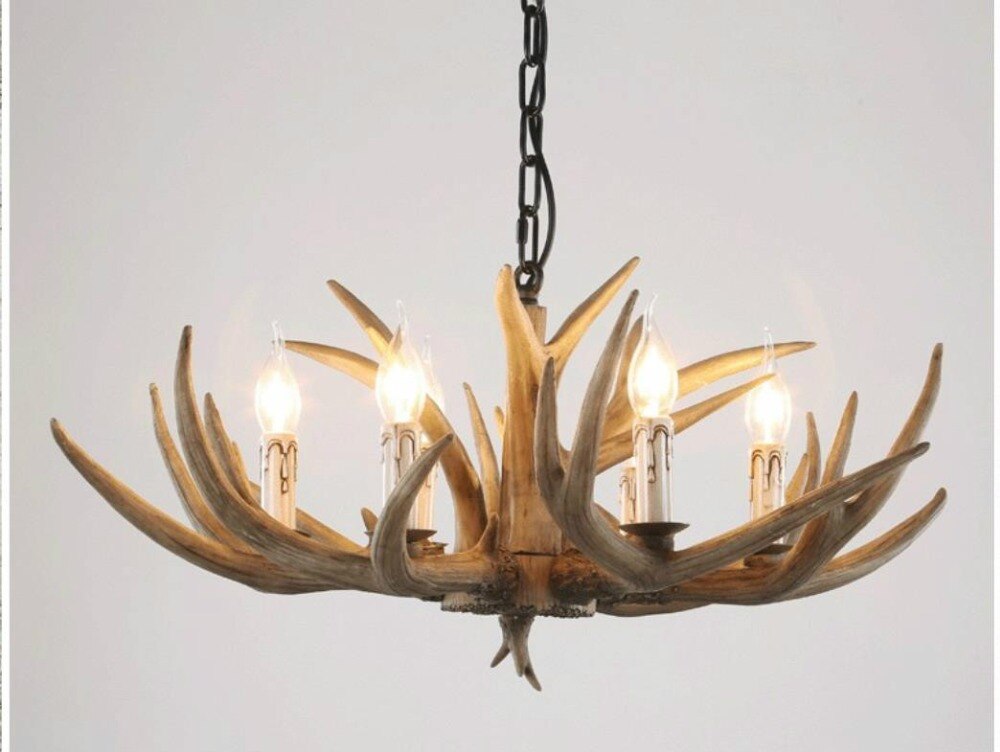
For example: you need to illuminate a 9 m2 bedroom. Let's calculate: 10 W * 9 m2 = 90 W. You can safely install a two-arm chandelier with two 40 W incandescent lamps.
Important! Lamps are also of great importance. Incandescent and halogen lamps have a more pleasant, soft light, but they break down and heat up, consuming more electricity.Energy-saving ones are more expensive, provide cooler lighting, but are cheaper.
By material
The price of lamps depends on it, as well as the features of their operation and “suitability” for a certain style.
Meet:
- Glass/crystal. Magnificent products with several horns, various kinds of pendants and small elements. Such lamps look very impressive, acting as a real decorative decoration for the room. Crystal chandeliers are often used in classic interiors, but glass ones are suitable for more fashionable industrial - loft and even Scandinavian style. The reason is the variety of forms. Chandeliers can be made in the form of Christmas tree balls, asymmetrical figures, minimalist “icicles” - to suit every taste and budget. The main disadvantage of such chandeliers is that they are difficult to care for. Dust quickly settles on the glass, making any stains or dirt visible. The solution is simple - use specialized dust-repellent agents.
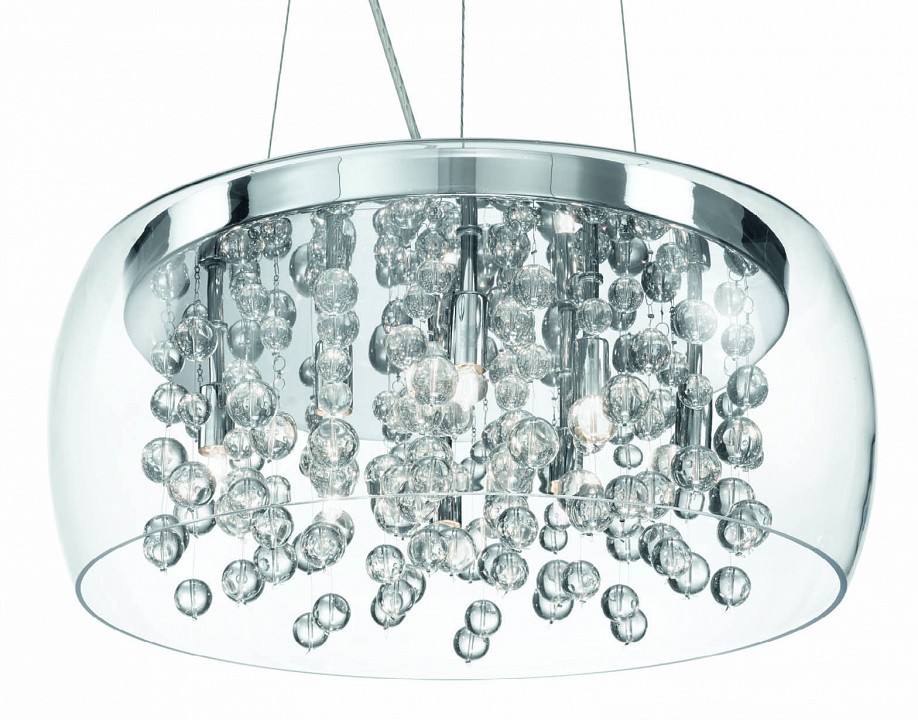
- Metal. Brass, bronze, copper with chrome or gold plating - there are a lot of options. This is a sparkling and stylish element that will fit into hi-tech, baroque, loft or even classic - it all depends on the shape. By the way, the difficulty of maintenance also depends on the configuration of the lamp. The more thin rods, complex curls and grates, the more difficult it is to remove dust. By the way, take a closer look at forged products. They suit classics, Scandinavian style and Provence. In addition, handmade is now on the wave of popularity.
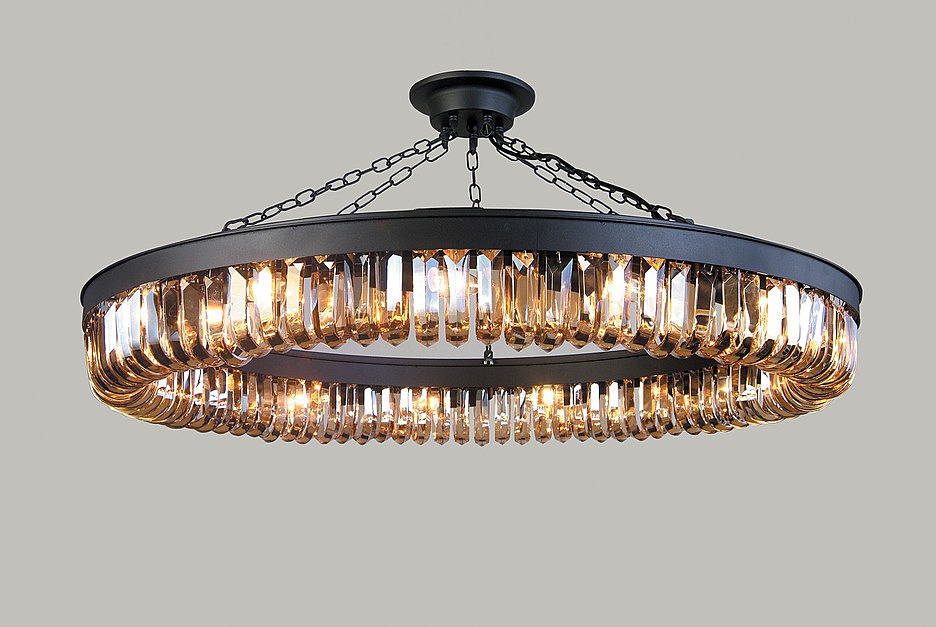
- Wooden. They are not found so often in homes; they are mainly used in commercial establishments such as themed bars or restaurants serving national cuisine. Country, oriental and ethnic styles - such chandeliers are suitable only for them.There are also restrictions on rooms - high humidity will quickly damage the lamp, so it is better not to install them in the kitchen and bathroom (as well as in an apartment where there are problems with ventilation). It is also advisable to regularly treat the chandelier with protective agents in case of fire or increased temperature in the room.
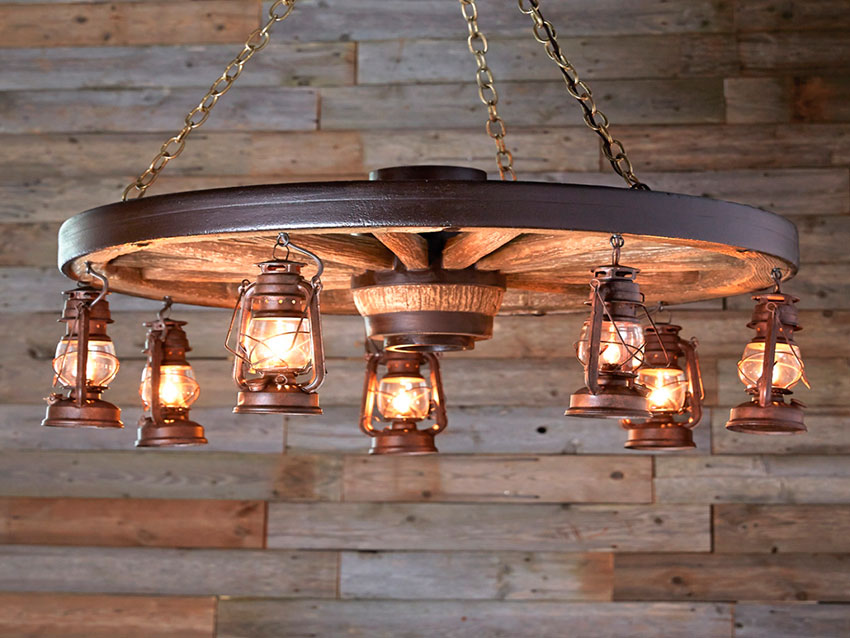
- Textile. Naturally, the frame itself is made of metal, only the lampshade is fabric. Traditionally, it is made from thick fabrics impregnated with dust-repellent compounds, but you can also find more interesting options - with lace or macrame. They look appropriate in ethnic and boho styles, and complement the interior of a dining room or living room well (especially in combination with energy-saving cold-spectrum lamps).
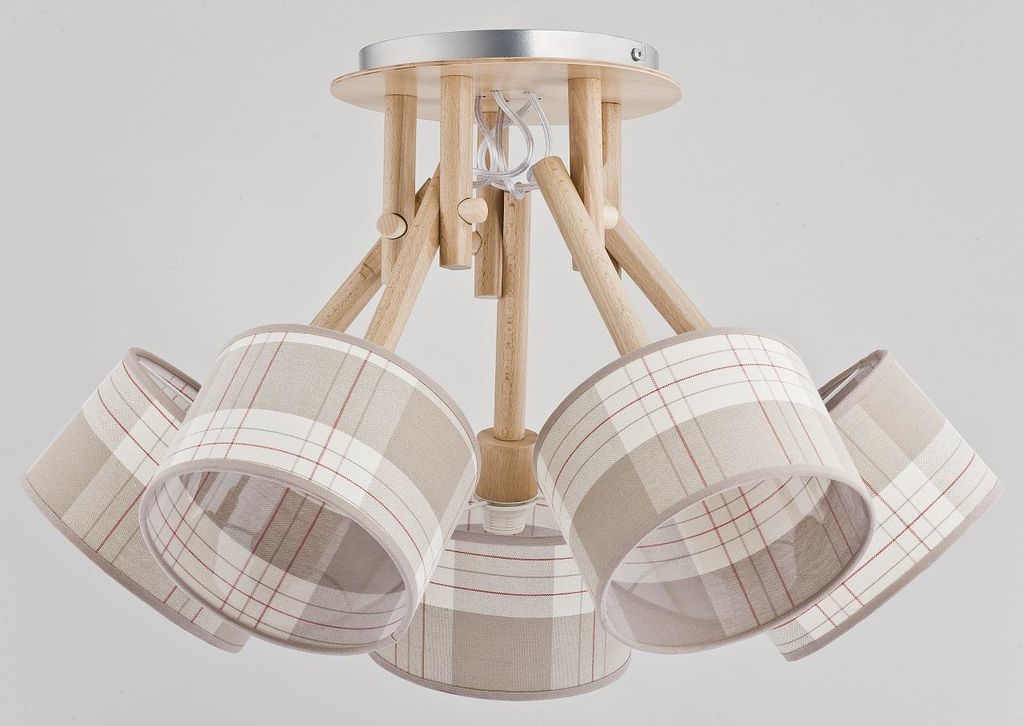
- Plastic. The undoubted advantages are low price and variety of forms. Don’t be afraid of the cheapness of the product - there are very beautiful, creative (and expensive-looking) chandeliers. By the way, if you wish and with a minimum of effort, you can make a plastic lampshade yourself - from cups and bottles. The main condition for choosing a plastic chandelier is that it contains no formaldehyde resins: they will be released into the air and poison the body.
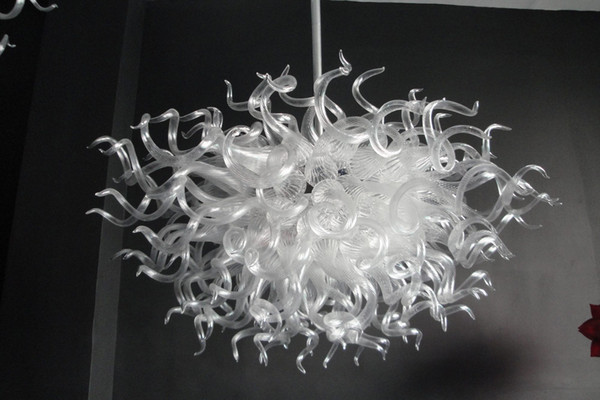
- Paper. High-tech and Japanese style - this is the design in which a paper chandelier will feel “at home”. The main advantage is that it looks interesting, and if desired, the lampshade is easy to replace and make a new one with your own hands (and it will take literally several evenings). Unfortunately, it is difficult to care for, it is not resistant to fire and moisture, and also does not transmit light well.
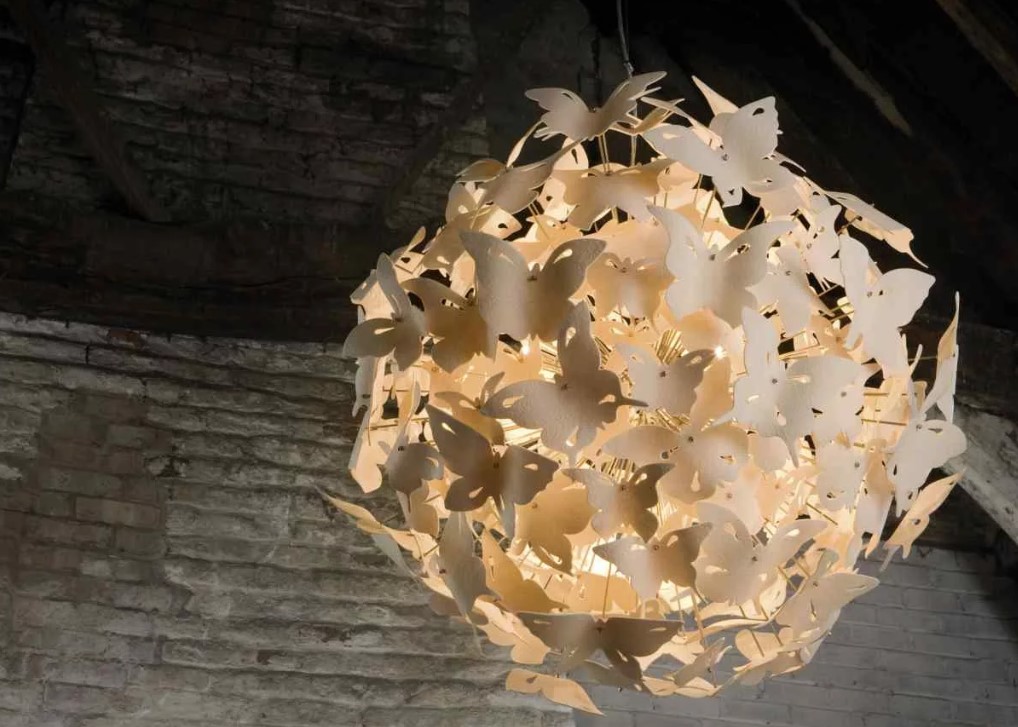
How to choose a chandelier by room
Here you need to proceed from the characteristics of the room itself and its purpose.
To the kitchen
Temperature changes and high humidity exclude paper or wooden lamps.A pompous crystal chandelier often looks out of place, and for the convenience of the housewife, additional lamps will definitely be required - spotlights, sconces or LED strips above the work surfaces. It is better to think through the location and lighting before choosing the main chandelier.
Acrylic, metal and glass are the best materials for lampshades in the kitchen. It is worth remembering that forged metal chandeliers easily “collect” dust and dirt. Most problems with them can be easily prevented at the installation stage - just coat the metal with mastic.
It is also important that the light in the kitchen is adjustable. Install a dimmer switch and start saving! If the hostess is not preparing dinner, the light can be dimmed, creating an intimate atmosphere. If, on the contrary, everything is fried and steamed on the stove, a lot of light will be needed.
It is important to consider the shape of the room:
- in a square room with a large area, a fairly large pendant chandelier will look good;
- if the room is square and small, choose acrylic ceiling lamps of small dimensions and regular shape;
- if the ceilings are low, ceiling ones will also be an excellent choice;
- if the room is narrow and elongated, the lamp should also be elongated, or better yet, a group of lamps (spot lighting).
Don't forget about lamps. Incandescent lamps must have a power of 120 W or more, halogen lamps - from 300 W, fluorescent lamps - from 80 W.
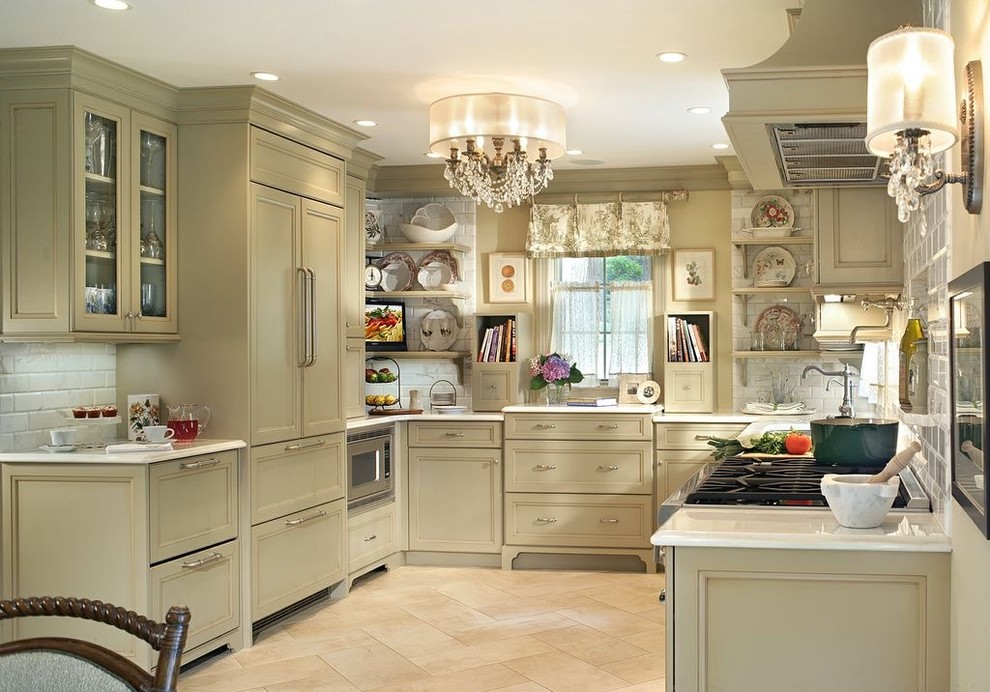
In the living room or hall
Unlike the kitchen, there are no changes in temperature and humidity, which means you need to “dance” depending on the height of the ceiling, the configuration of the room and the style of the interior.
There is one main rule - the living room should be fully illuminated, there should be no dark corners.Do not cover the window with black-out curtains and neglect ceiling lamps with several arms.
If the living room is narrow and elongated, with low ceilings, install several ceiling lights.
If the room has high ceilings, then choose a massive pendant chandelier. It will act as a separate interior detail that will add zest to the room.
If the ceilings are low and the room itself is small, install one ceiling light source. Optionally, you can place sconces and floor lamps in the room, and massive twisted candles and small lantern lamps with tea candles are perfect for the Scandinavian style or hygge.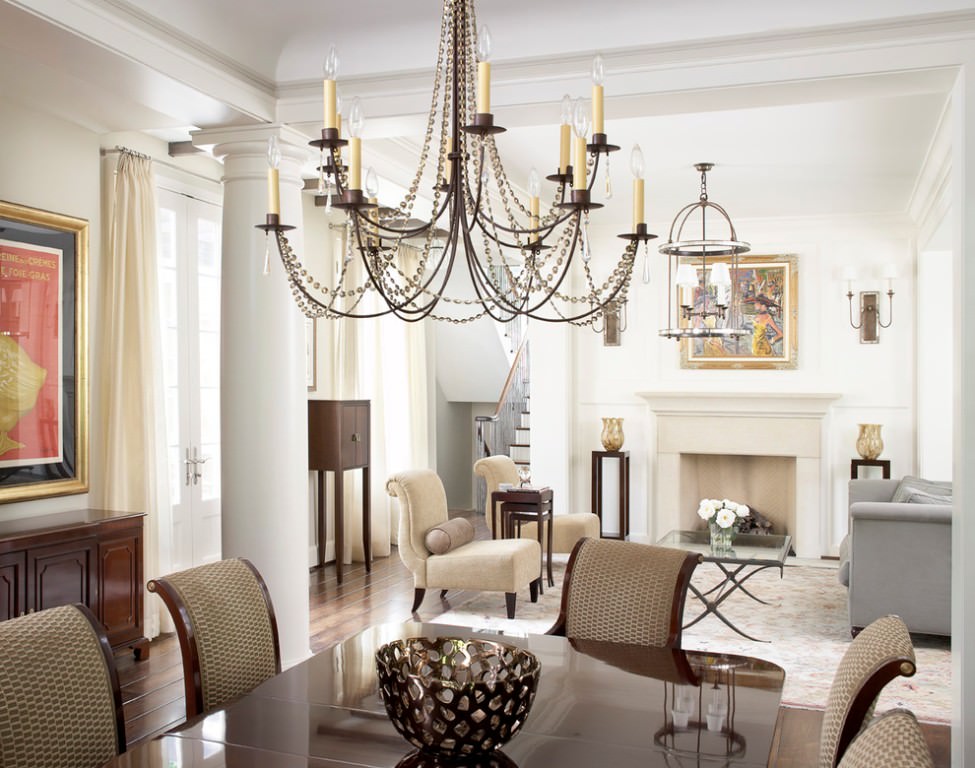
To the hallway
The primary task here is to provide as much bright light as possible. This will be useful when getting ready for work or cleaning the room.
Massive hanging chandeliers for the hallway are excluded. A too bright interior detail will look out of place here; moreover, you won’t have much time to admire it – when getting ready for work and upon returning.
Spot light and sconces are also excluded. But small ceiling lamps with two or three arms that do not stand out from the interior will look great.
Install energy-saving lamps with daylight lighting - this will make it easier to “come to your senses” in the morning.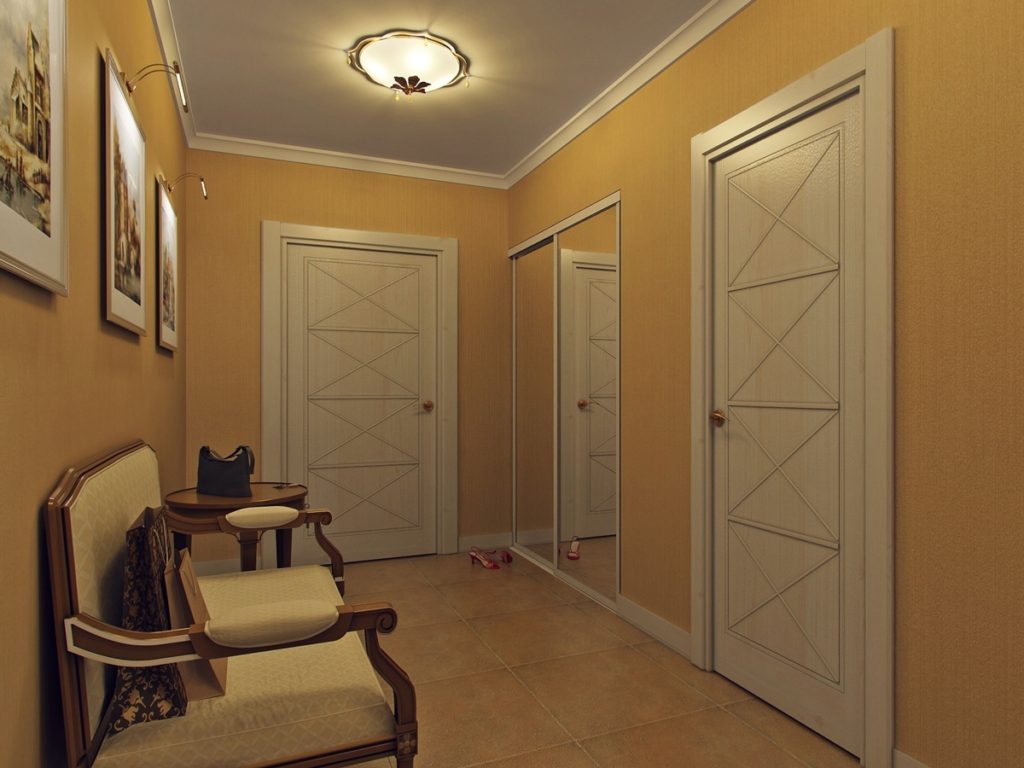
Instead of a total
When choosing a chandelier for a specific room, it is important to take into account all the nuances - the required level of lighting, the size of the room, the intended zoning (yes, the conditional division of a room into zones can be achieved with the help of light), the height of the ceilings. The main rule of home lighting is that there should be light everywhere, and the chandelier itself should fit the room and be safe.
We hope our article was useful and will help you choose the ideal lamps for your apartment or house.




